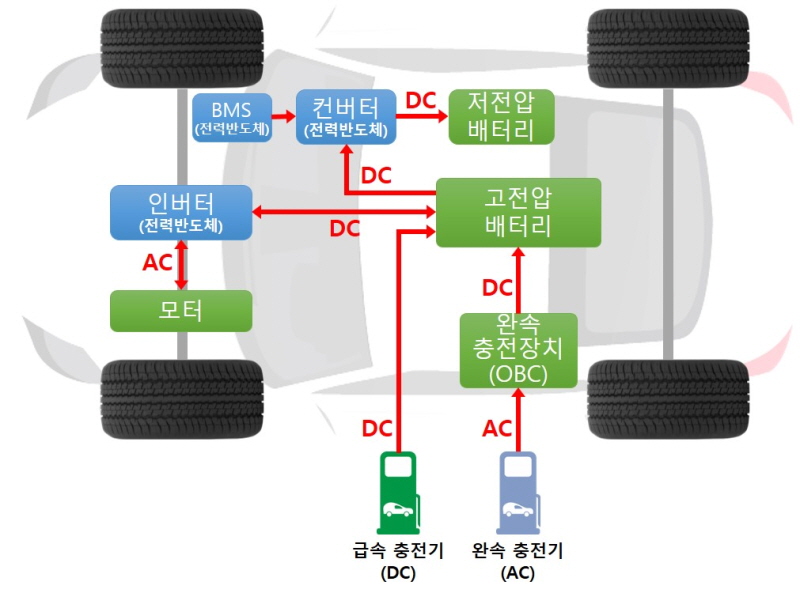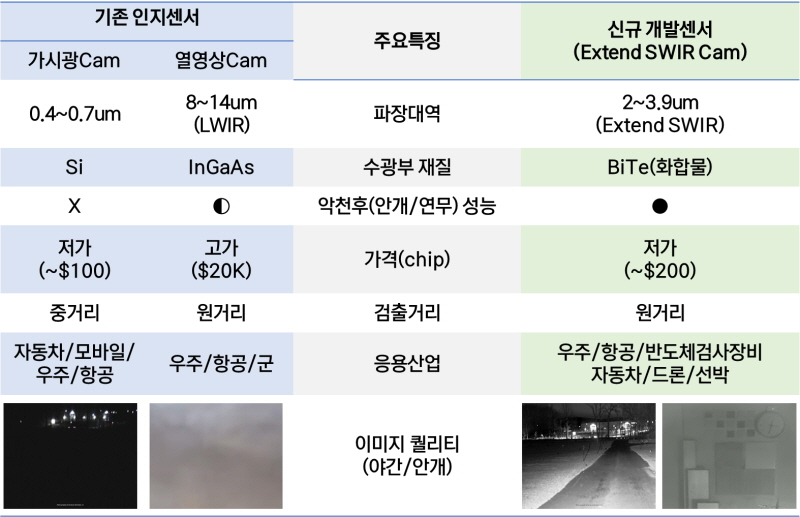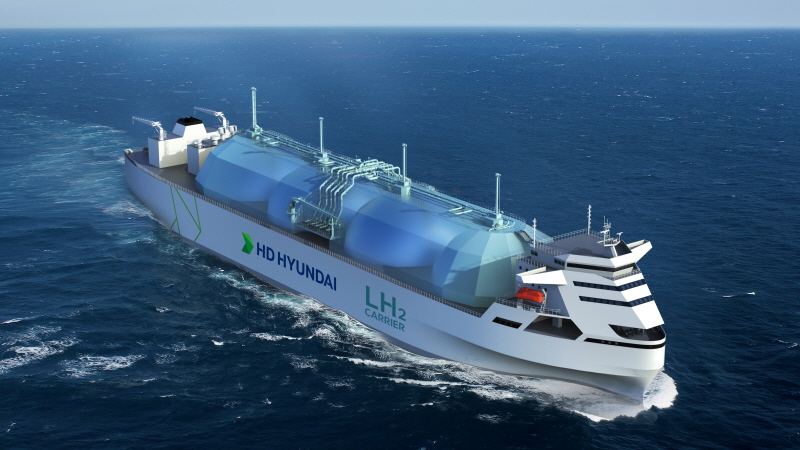산업통상자원부(이하 산업부)가 2024년 1~3월 프로그램형 R&D사업 1차 공고를 통해 세계 최초·최고수준의 기술개발에 도전하는 총 700여개 과제를 선정한 바 있으며, 5월중 총 228개의 도전·혁신적인 과제를 2차로 공고해 신속하게 지원한다.
자동차·전자부품 등 산업별 환경 변화·현장 연구수요 신속 대응 목표
“도전적인 기술개발 목표 제시 통한 정부 R&D 파급력 향상 나서겠다”
산업통상자원부(이하 산업부)가 2024년 1~3월 프로그램형 R&D사업 1차 공고를 통해 세계 최초·최고수준의 기술개발에 도전하는 총 700여개 과제를 선정한 바 있으며, 5월중 총 228개의 도전·혁신적인 과제를 2차로 공고해 신속하게 지원한다.
2024년부터 전기차용 초고전압 GaN 전력반도체, 96%이상 하이니켈 이차전지, 탠덤 차세대 태양전지, 수소전소 터빈 발전시스템 등 도전혁신형 기술개발을 프로그램형 R&D 사업으로 추진한다고 지난 1일 전했다.
프로그램형 사업은 총 24개로 △자동차 △에너지 △전자부품 등 산업별 환경 변화와 현장 연구수요에 신속하게 대응하기 위해 예산심사시 규모만 확정하고 연구과제는 부처가 자율 기획하는 사업이다.
1차 공고 지원과제 중 ‘전기차용 고전압 GaN 전력모듈 기술개발’ 과제에는 세미파워렉스(주관)와 함께 현대차, 삼성전자, 서울대학교 등이 컨소시엄을 구성하여 참여했다.

이 과제는 차량 배터리 충전 과정에서의 전력 변환 효율 증가와 에너지 손실 최소화를 위한 화합물(GaN, 질화갈륨) 기반의 전력반도체 개발 환경 구축 및 전력반도체 국산화 개발을 목표로 진행된다.
전력반도체의 국내 수요의 90% 이상을 수입에 의존 중이며, 고용량 차량 배터리 충전을 위한 전력반도체 상용화 개발한 국내 업체가 없어 기술국산화 필요하다는 목소리가 높아지고 있다.
과제 내용은 고용량 차량 배터리 충전용 화합물 기반 전력반도체 개발을 위한 소자 및 공정 국산화 개발과 충전기 전력변환 모듈 개발 및 평가로 전기자동차 배터리 충전 효율 증대 및 전력 손실 최소화로 전기자동차 주행 거리 향상, 충전 비용 절감 효과가 있을 것으로 기대된다.
1.2kV 초고전압 전력반도체 상용화 개발의 도전적 목표를 정부가 제시하자 국내 최고 대·중소기업과 대학이 드림팀을 구성하여 참여하는 등 혁신형 정부 R&D 사업이 국내 최고 연구자와 기업들의 협력을 촉진하고 있다.
금번 2차로 공고될 과제는 모빌리티 분야는 △비‧안개 등 악천후에서도 정확하게 볼 수 있는 자율주행 센서‧카메라 △96% 이상 하이니켈계 이차전지, △메탄올 추진선 엔진 핵심부품 개발 등이 포함되었다.
‘비‧안개 등 악천후에서도 정확하게 볼 수 있는 자율주행 센서‧카메라’ 과제는 중장거리 대응(150m이상) 단파 적외선 고출력 차량용 카메라 모듈을 개발하는 것이 핵심 목표다.

국내 완성차사 전방, 측후방 가시광선카메라를 적용중이나 안개‧연무 인식 한계를 뛰어넘어 기존 가시광 카메라 대비 한계조건(안개/연무 등) 극복을 통한 자율주행 신뢰도 및 사회적 수용성을 확보할 수 있을 것으로 기대감을 모으고 있다.
‘전기차용 고용량/고안전성 하이니켈계(≥96%) 양극소재 기술개발’ 과제는 니켈함량 96% 이상, 4.3V 충전전압에서 215mAh/g 이상 고용량 확보하는 것이 핵심 목표다.
국내 소재사가 주도하고 있는 배터리용 양극소재는 고용량화를 위해 니켈 함량을 증가시키고 있으나, 수명·안전성 문제로 적용이 지연되고 있는데, 고용량/고안전성 대립 양극활물질, 장수명/고안전성 소립 양극활물질 개발 및 이를 활용한 고에너지밀도 전극 구현, 안전성 확보를 위한 소재 개발하여 이를 극복하겠다는 취지다.
이번 과제를 통해 국가핵심기술로 지정되어 있는 하이니켈 양극소재에 대한 초격차 기술 확보와 고에너지밀도 배터리 및 이를 적용한 고성능 전기차 시장을 확대할 수 있을 것이라는 기대 효과를 지닌다.
에너지분야에는 △기존 실리콘 기반 태양전지의 효율 한계를 뛰어 넘는 탠덤 차세대 태양전지 △세계최초 수소 인프라 연계 수소전소 터빈 발전시스템(50~100MW) △액체수소 운반선 저장탱크용 진공단열시스템 개발 등을 지원한다.
‘액체수소 저장탱크용 진공단열시스템 소재와 장비 개발’ 과제의 핵심 목표는 기존 분말형 단열재 크기(65㎛) 대비 3배 이상의 크기, 충진 시간 최소화 소재 개발이다.

액체수소는 –253oC(20K)의 낮은 온도로 고도의 단열시스템과 대량으로 해상 운송을 위한 저장탱크 대형화 기술이 필요. 현재 세계 주요 국가들이 경쟁적으로 기술개발을 진행하고 있다.
충진 및 진공형성 작업 등의 효율 개선을 위한 단열 소재 기술, 가압형(Type C) 저장탱크용 분말 단열소재 충진 및 진공 작업 효율 극대화를 위한 장비 기술 개발 등을 통해 LNG운반선 같이 조선업계가 세계 시장을 주도할 신제품과 핵심기술로 경쟁력을 가질 수 있을 것으로 기대된다.
오승철 산업기반실장은 “산업부는 프로그램형 사업을 통해 급격한 산업환경의 변화와 기업 수요에 대응해 투자의 적시성과 유연성을 높이고, 도전적인 기술개발 목표 제시를 통해 정부 R&D의 파급력을 높여나갈 것”이라고 밝혔다.


